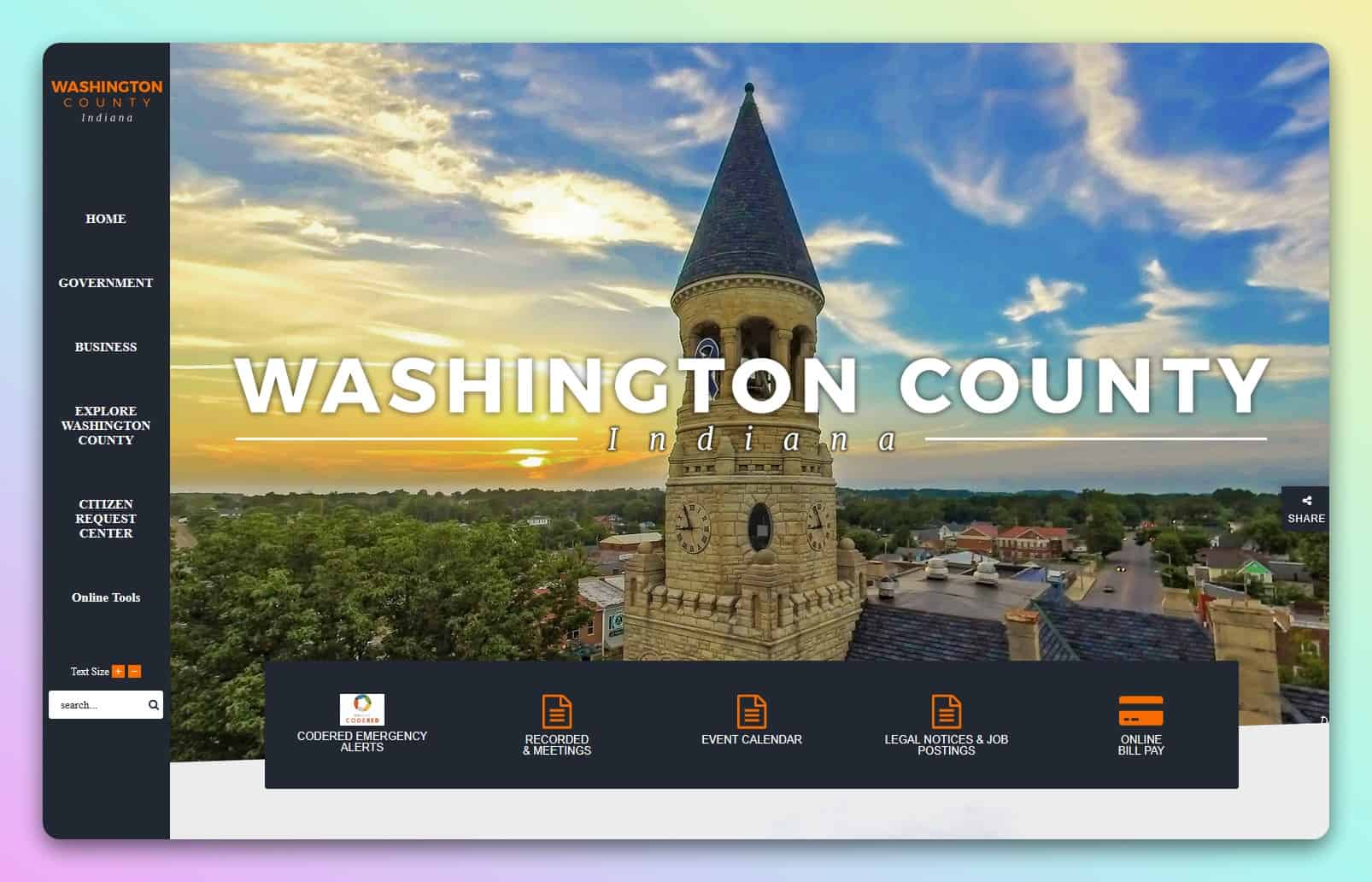In last week’s episode of the Accidental Tech Podcast, Marco Arment said, “The web is gross”. This conversation came up because Apple’s allowing web ad-blockers in iOS 9, bringing parity with OS X.
I’ve long used GlimmerBlocker on OS X and detested web surfing on my iPad because so many sites are so ad-laden and I can’t get access to GlimmerBlocker on iOS.
Some, like Marco, have mixed feelings about blocking ads. A lot of folks get their own revenue from ad-supported places. But I’ve never questioned my ad-blocking tactics. GlimmerBlocker is so good that when I look at websites on my iPad I think they’re entirely different sites.
But my reason for using ad-blockers is purely technical. There are literally websites on my iPad Air 2 that will cause Safari to crash. I bet I could replicate it right now if I wanted to.
Go check out cultofmac.com on your iPad. Scroll down and go “back” into the blog history a few pages. Assuming you can actually get the page to scroll, after a few pages my iPad will crash. It’s so bad I don’t even look at the site on my iPad.
I can’t begin to count the number of times I’m scrolling down an article and my iPad registers a tap on an ad as an actual tap and not just me slowly thumbing down the page.
And to further Marco’s comment that the web is gross, he’s certainly not wrong about that. As a website designer I’ve spent a lot of time working with small and mid-sized clients. I’ve noticed some trends over the years.
Anecdotal observations of trends
Initially the web was pure mystery, there wasn’t much to it and everyone went for the same low-hanging fruit. Every site had to have a weather widget, for instance, and things were pretty sparse.
Today, clients come to me asking for features they describe as, “Background images that scroll cool”, “Starbursts that spin”, and “Images you can click on to get a swooshing version”.
Translation: parallax effects, animations, and light boxes. And those are the “simpler” things.
I have clients today who are much more aggressive about dictating their site designs. They want these colors here, that image there, and this logo to look exactly like such-n-such. They want a bunch of fonts and a bunch of photos of everything, usually photos from their Camera Roll.
I don’t think I’ve modified my business enough to suddenly be in a new class or type of customer. Instead people aren’t as mystified by it anymore. We did this to ourselves.
For years the web was so confusing to mere mortals they couldn’t do anything. So it was masked behind technical geeks. Then as people started using it more, we’ve ended up with the PowerPoint-ification of web design. Where clients think it’s like dragging and dropping some clipart images and text boxes around. That everything should take place within minutes and a website could be done in an afternoon.
I explain to clients that the tools we have don’t work like that, or that “You also have Microsoft Word, but that doesn’t mean you can write a New York Times Bestseller”. But with the advent of things like Wix, GoDaddy SiteBuilder, Squarespace, and other DIY web builders, the limits of what they can do doesn’t square with their desires or own technical ability. So you end up with people thinking that everything is like that, they just don’t know how to make it do more. But site builders can’t do more in most cases. Or they just don’t know how to make it work.
Sometimes I win these arguments, sometimes I fail just because there’s no clear path to success. Or, I pick one thing to try and “fix” because it’s the only thing I think I can get a client to ease up on.
The Perfect Storm was Inevitable
So we have a perfect storm. Everyone thinks they can be a full-time anything. Every client has a demand of what their site should look like exactly and they’re fighting back against designers trying to explain why this or that can’t work well, or could work better some other way. Just last week I had to have a conversation with someone who wanted complicated, scroll-jacking parallax effects, but they don’t have any imagery to make it look interesting. They don’t have enough text on any page to even make them long enough to notice.
No one wants to be boring anymore, or at the very least, everyone thinks it’s not okay to be boring. This is why your plumber’s site is so hard to use, or every blog you read is suddenly 1 person trying to run a magazine the size of Time.
And in higher-traffic sites the demand for money is available only via advertising. As Steve Jobs said to news editors, “You screwed yourselves by not charging from day one.”
We’re all in the weeds now, and I don’t foresee it getting any better. For my part, I keep trying to keep things purposefully simple. But it’s getting hard to talk clients back off the ledge.
Yeah, the web is gross. And we did this to ourselves. The App Store represents a reboot of this, but history is likely to repeat itself.
So for now, ad-blockers it is. People are just going to have to be more creative with their advertising to ensure people want to look at it. Just like the old days.

